Along with the increasing role of renewable energy in energy security, energy storage solutions are increasingly of interest and Vietnam is no exception.
Energy storage in its most common sense is the capture of energy produced at one point in time for later use. Energy storage involves converting energy from forms that are difficult to store to forms that are more convenient or economical to store.
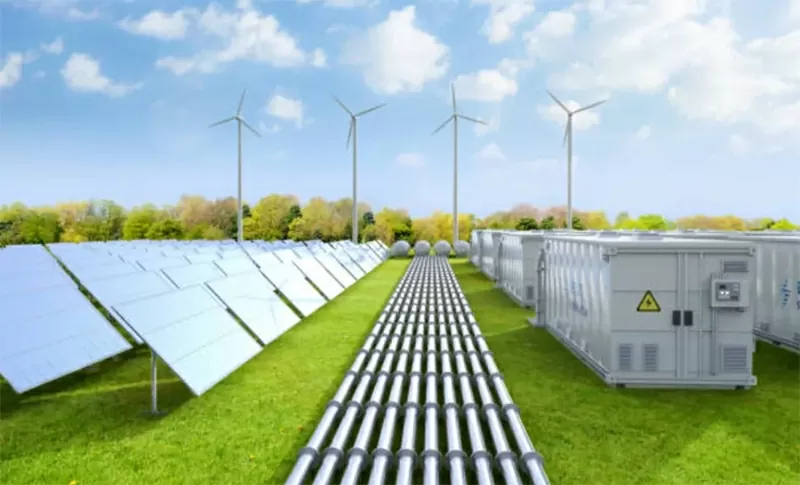 |
| Energy storage battery systems are being focused on development in Vietnam. |
Many countries have been combining the process of increasing the proportion of renewable energy sources with investment in energy storage systems (ESS). Energy storage systems will contribute to reducing peak power during peak hours of the power system, reducing grid overload, or reducing the need to invest in power sources and grid infrastructure to meet the load demand during a few peak hours, thereby improving the economic efficiency of the power system.
According to experts' calculations, when the penetration of renewable energy into the power system reaches at least 15% or more in terms of output scale, investing in ESS will be meaningful. Here, the use of energy storage systems in the power grid also supports the integration of renewable energy sources and enhances the sustainability of the power industry.
In modern power grid systems, energy storage plays an important role in ensuring the stability and flexibility of power supply. Energy storage technology helps to solve the problem of unevenness between electricity consumption and production, and provides backup capacity in case of power outages or incidents.
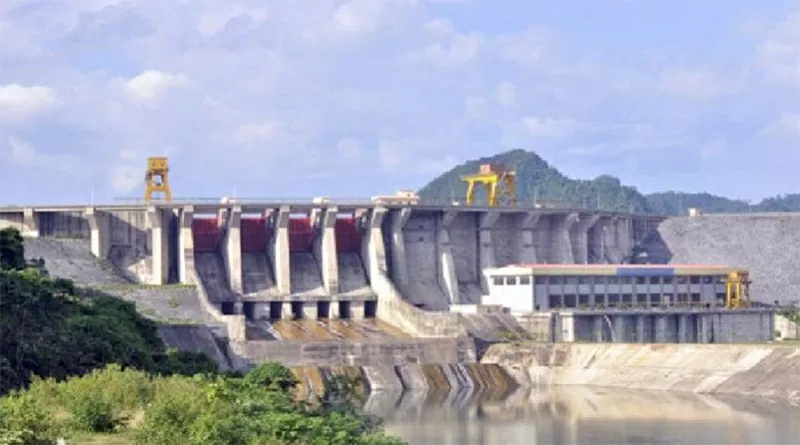 |
| Bac Ai pumped storage hydropower plant in Ninh Thuan province is expected to be operational in 2028. |
Energy storage is one of the key factors in the development of the renewable energy industry. Because there are many types of energy, there are also many types of energy storage, but there are 3 storage options, the most popular are: Rotary/capacitor storage (for short periods of time), electrochemical storage in the form of batteries with not too large capacity; pumped hydroelectric storage has a longer storage time of up to months, years and the storage capacity can be up to the GW level.
As a country that has been promoting the development of renewable energy sources in recent times, the issue of energy storage in Vietnam is also receiving much attention in the context of the power grid infrastructure not meeting the potential and development needs of renewable energy.
In fact, two energy storage solutions that are currently receiving attention in Vietnam are pumped hydropower and energy storage batteries.
Regarding pumped storage hydropower solutions, pumped storage hydropower plants play the role of “top-filling and bottom-filling” for the power supply system. At peak times, water from the upper reservoir flows through the penstock, rotating the turbine to generate electricity for the system, and water is discharged into the lower reservoir. During off-peak hours, when there is excess load, water from the lower reservoir is pumped back up to the upper reservoir to be ready for use in a new cycle.
The first pumped storage hydropower project in Vietnam is Bac Ai Pumped Storage Hydropower Plant in Ninh Thuan Province with a total investment of about 21,100 billion VND. The project started construction in early 2020, with power generation scheduled for December 2026. The entire project is expected to be completed by the end of 2028.
Pumped storage hydropower can be considered the leading solution for electricity storage, and some experts even call it "the important missing piece in the renewable energy industry".
However, in the context of the decreasing cost of producing energy storage batteries, this type of storage is emerging as the optimal solution for energy storage. In the future, when Vietnam's renewable energy capacity will increase sharply, Vietnam is promoting the development of solar and wind energy, so the development and installation of storage batteries is necessary. The market for using storage batteries in Vietnam is very large.
According to Decision No. 262/QD-TTg dated April 1, 2024 of the Prime Minister on the Plan to implement the VIII Power Plan, the list of battery storage projects includes a 50MW battery storage project with a capacity of 50MW; a 7MW battery storage project integrated into a 50MW solar farm; a 105MW battery storage project integrated into a 400MW solar farm with a capacity of 105 MW and other battery storage projects with a capacity of 138MW. Accordingly, the Government has allowed Vietnam Electricity (EVN) to invest in a pilot energy storage battery system.
The option of developing storage batteries at a reasonable cost, distributed near wind power and solar power centers or load centers... the storage battery capacity of renewable energy power plants is not included in the capacity of the power source project, and the storage battery capacity structure of the power system by 2030 is expected to reach a capacity of about 300MW.
Expert opinionMr. Pham Dang An, Deputy General Director of Vu Phong Energy Group: “In the context of renewable energy development becoming increasingly urgent, energy storage systems are playing an important role in ensuring energy security and sustainable development. Energy storage systems play an important role in optimizing and stabilizing power sources from renewable energy. In addition, the development of storage systems not only helps reduce pressure on the national grid but also ensures continuous and stable power supply. Therefore, there needs to be a clear policy for the State to provide financial support and develop technical standards to ensure the quality and safety of these systems. At the same time, it helps increase the rate of battery storage. Mr. Nguyen Tai Anh, Deputy General Director of Vietnam Electricity Group (EVN): “Battery Energy Storage Systems (BESS) are a flexible and rapidly deployable solution to store excess energy during periods of low demand and release the stored energy during periods of high demand. This contributes to grid flexibility by helping to balance supply and demand, making it an ideal solution to overcome the variability of renewable energy sources.” |
Source: https://baoquocte.vn/luu-tru-nang-luong-huong-toi-muc-tieu-bao-dam-an-ninh-nang-luong-o-viet-nam-308024.html


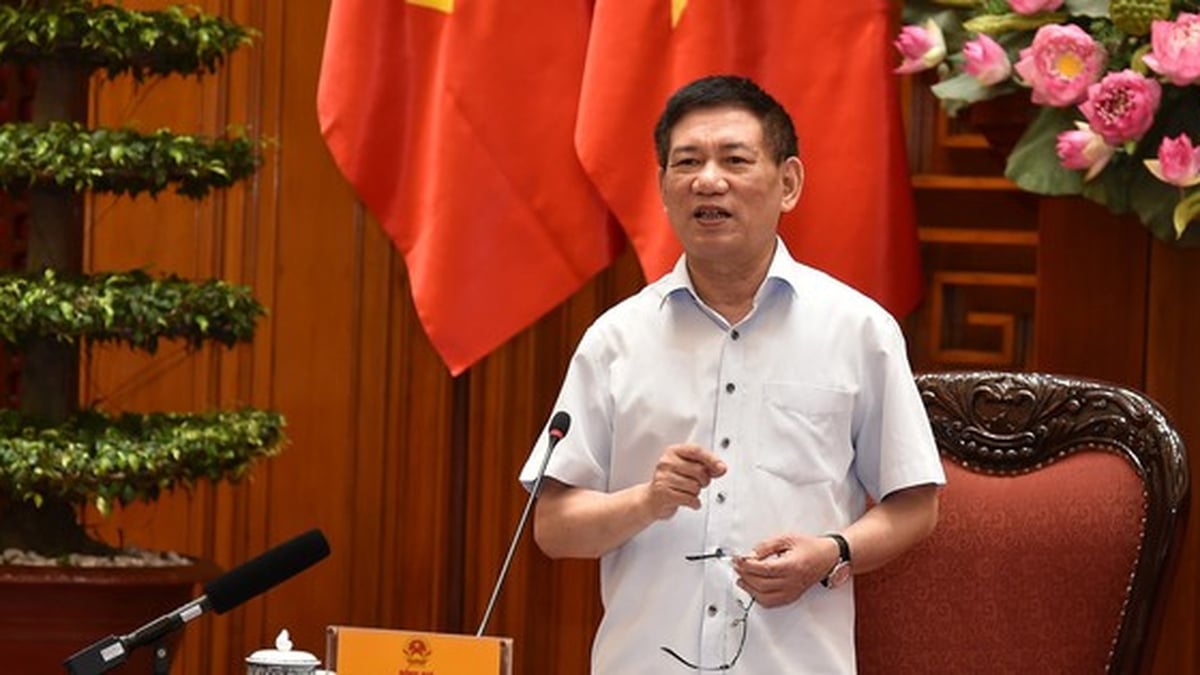

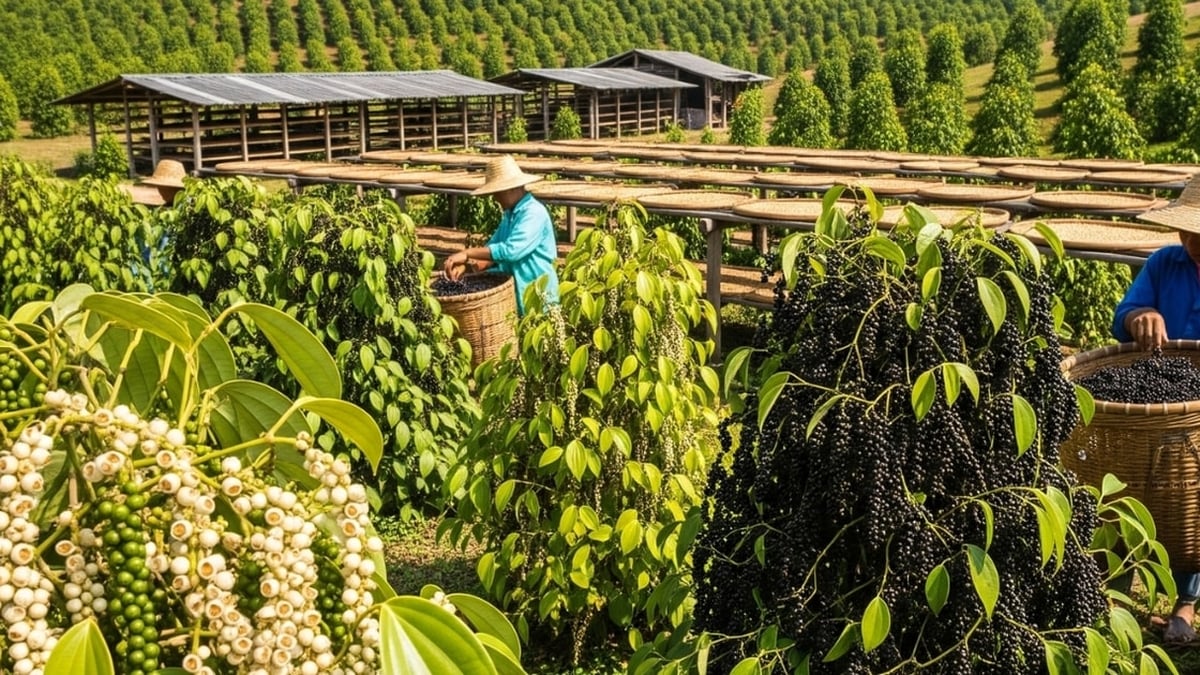

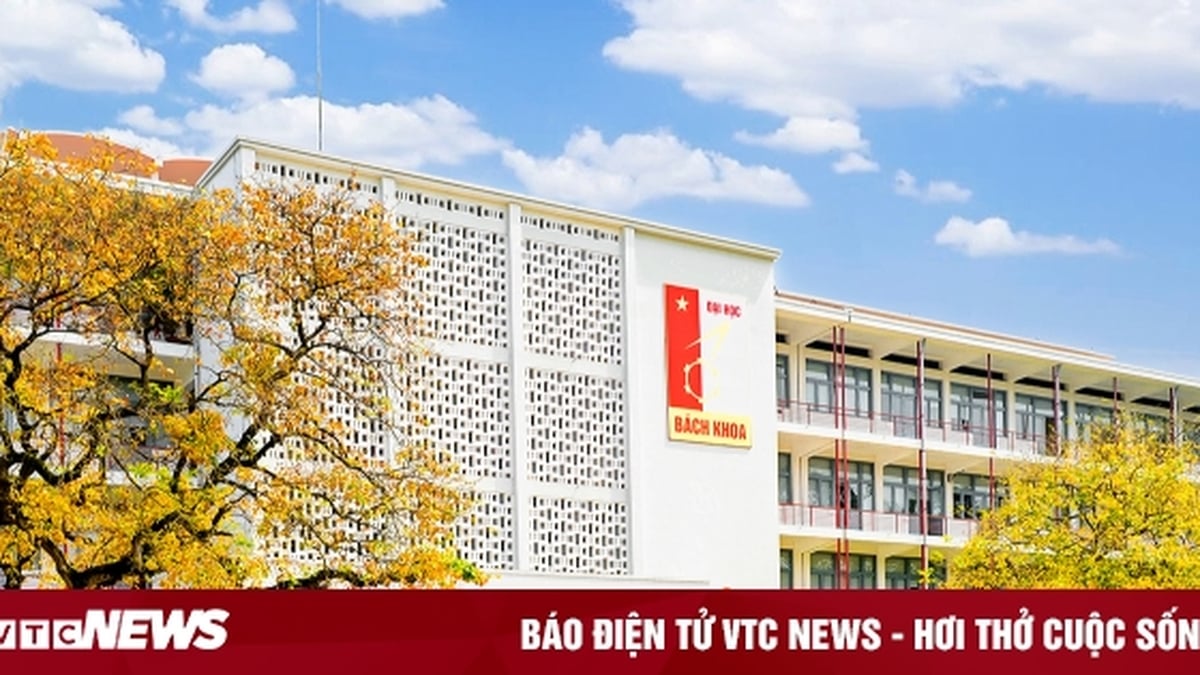
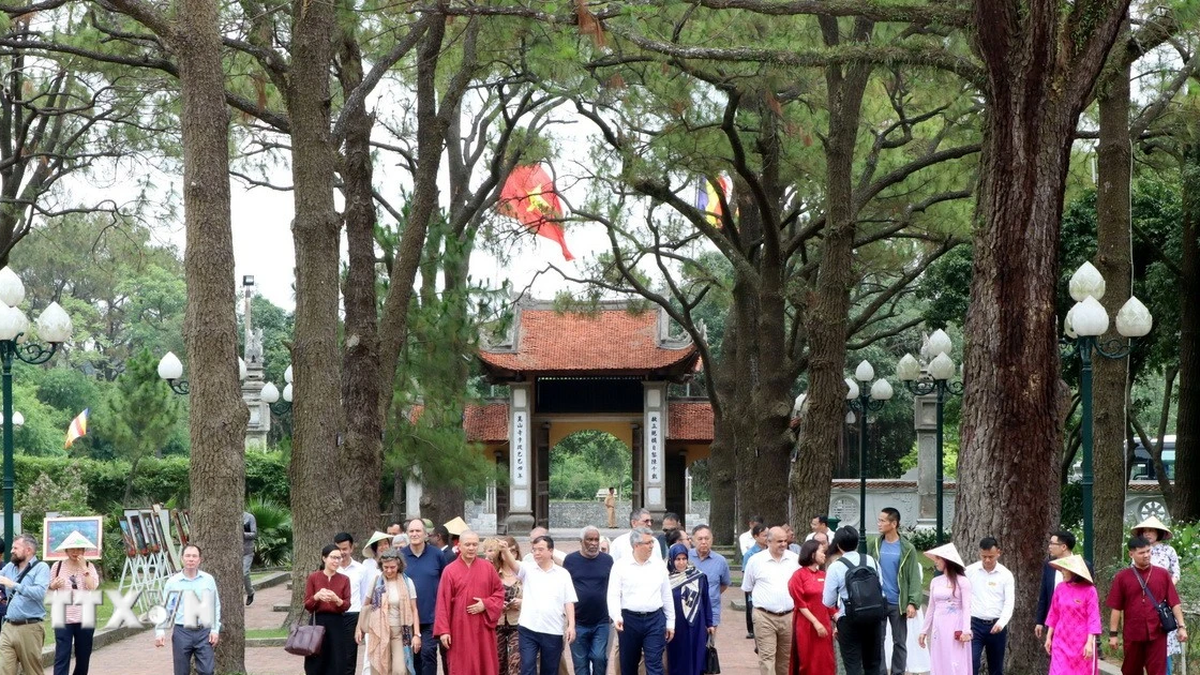

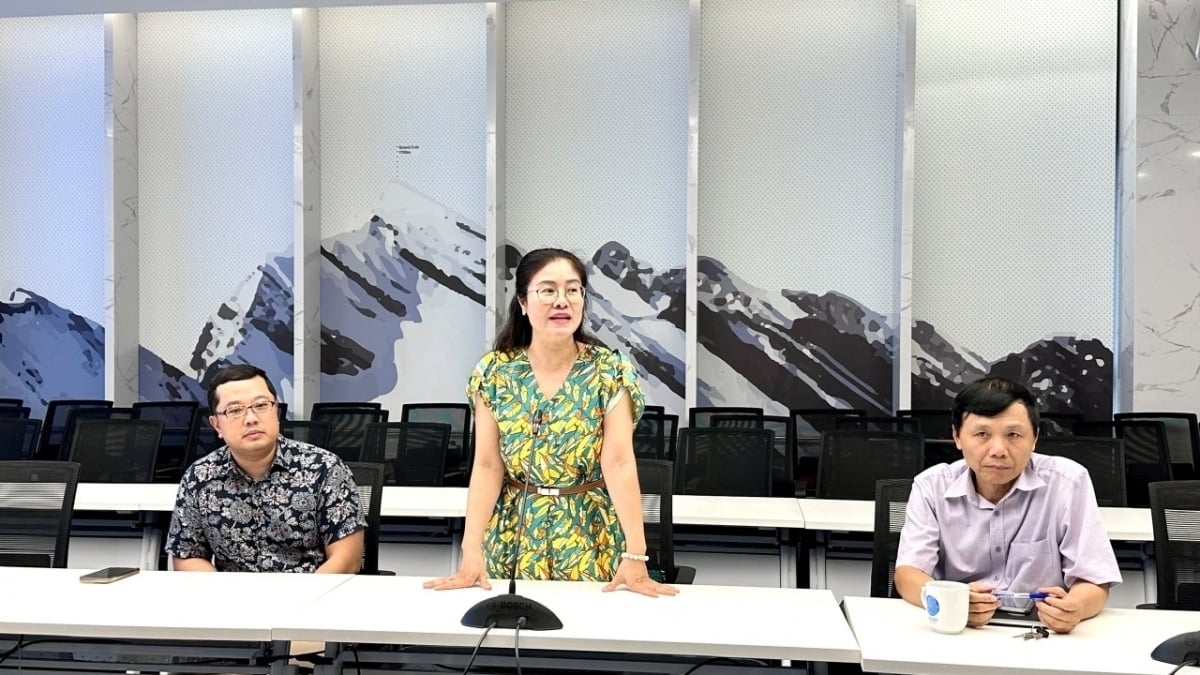
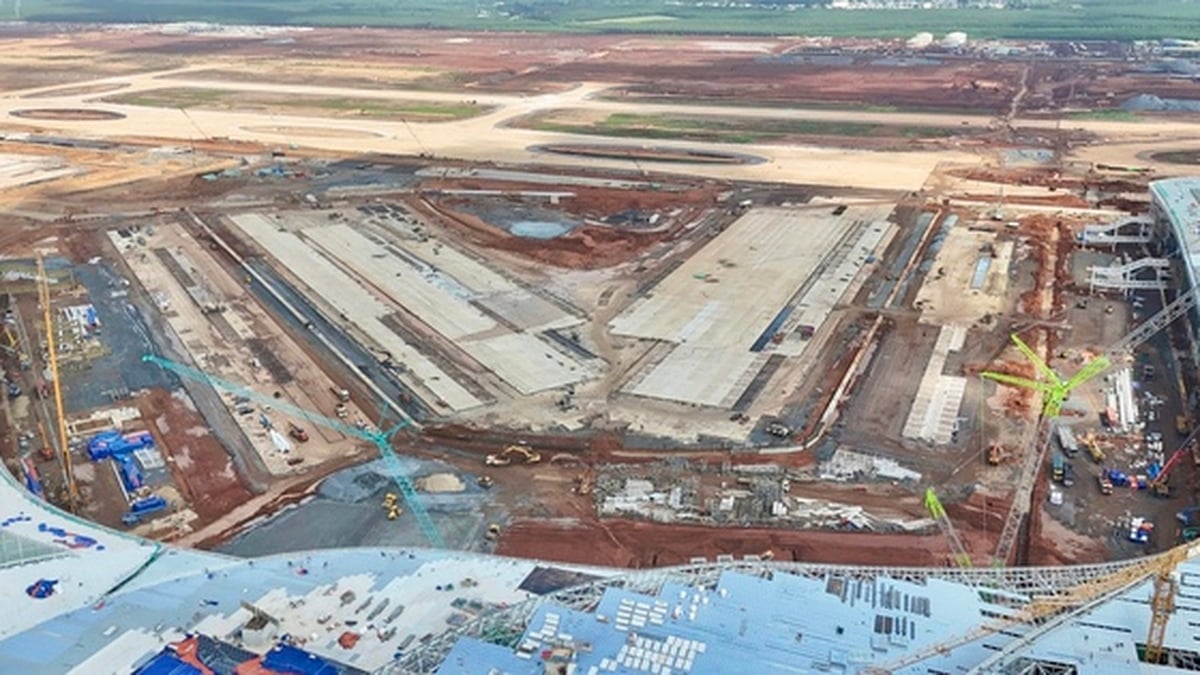
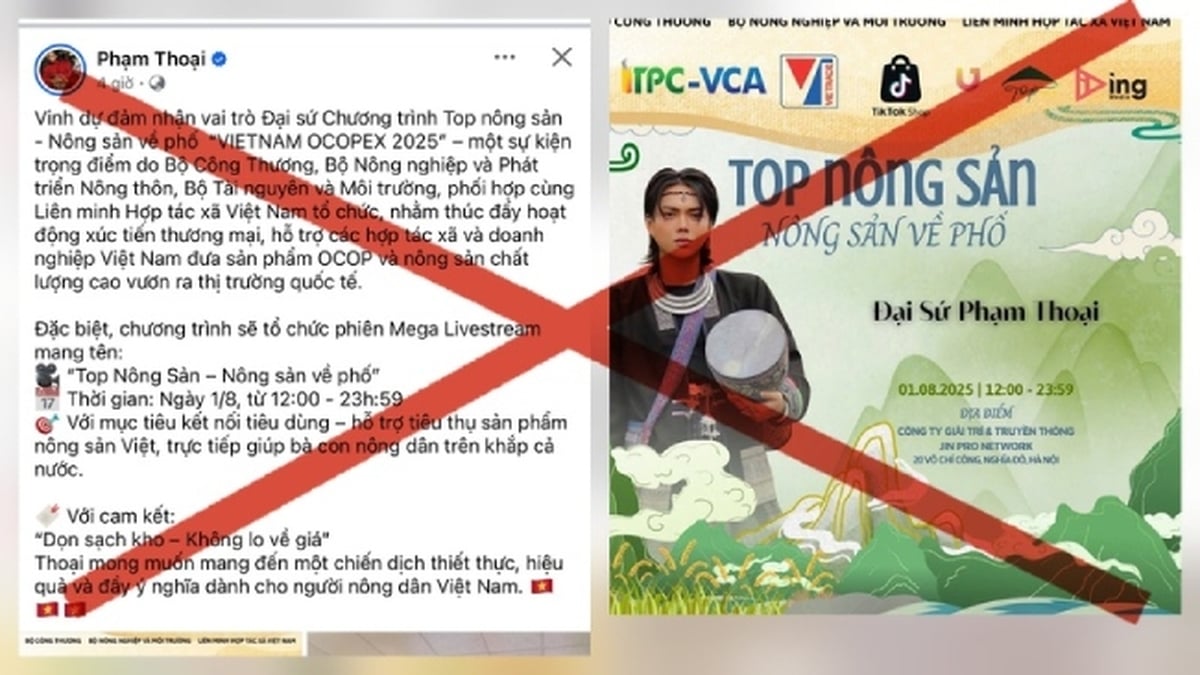
























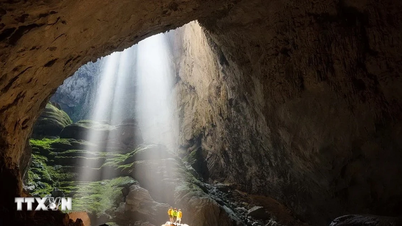

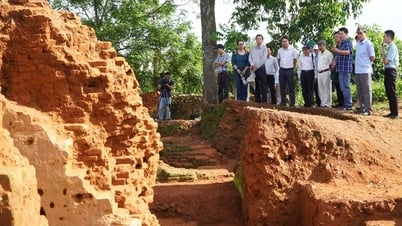


























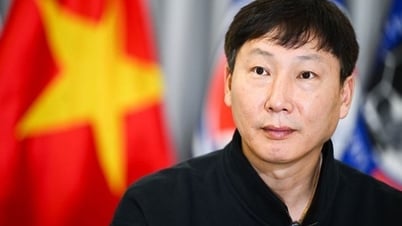








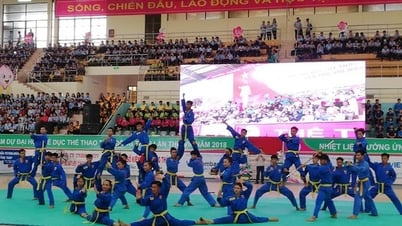
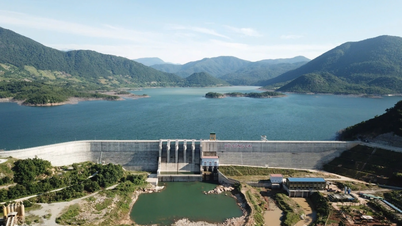

























Comment (0)